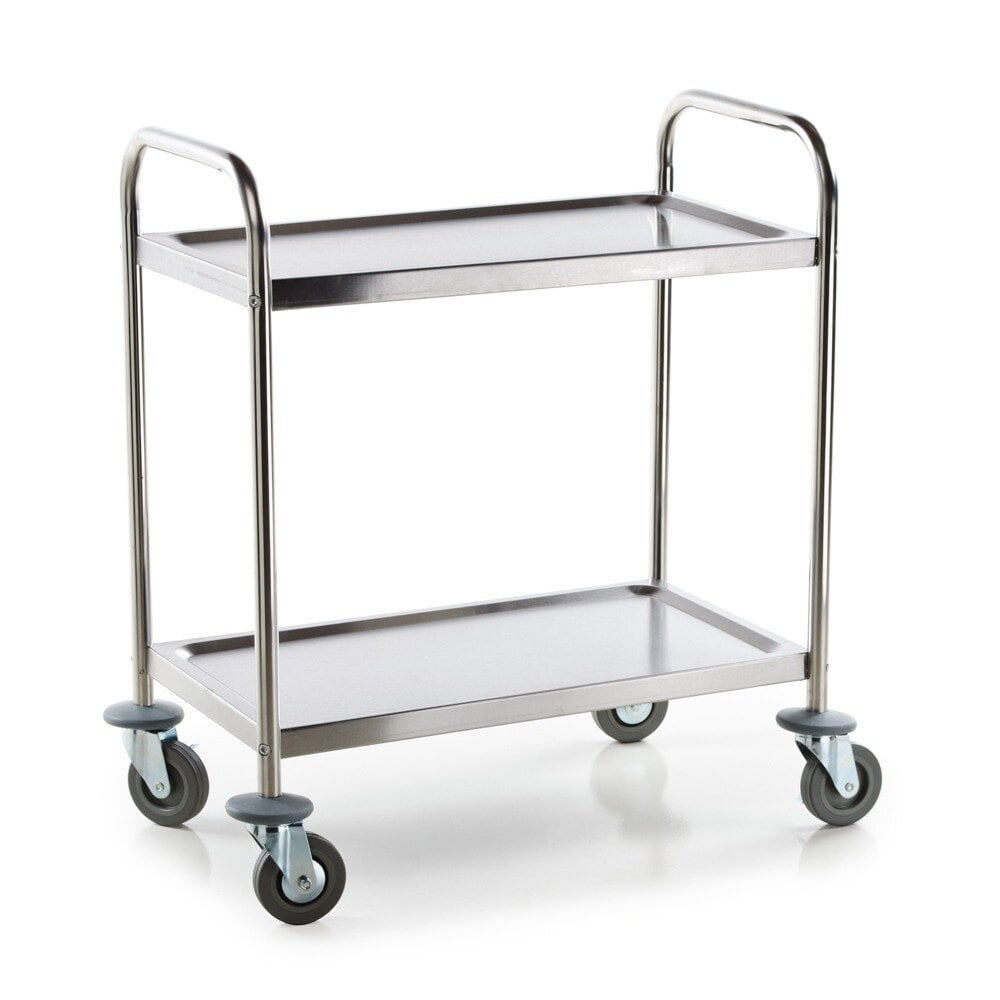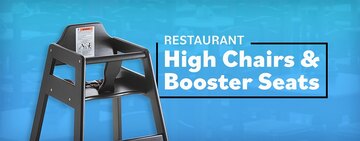Food service carts come in many different styles such as enclosed, open, and shelf lip. Below we describe the benefits of each and how they operate.
Some carts have enclosed or partially enclosed bases with shelves inside. The benefits of this configuration include spill prevention and hiding unsightly bus boxes or cleaning supplies from view. Most often, only plastic utility carts have enclosed bases, though some manufacturers make cabinet-style metal bussing carts.
Open Carts
Many metal and plastic bussing carts have open bases. This makes loading and unloading the cart easier and allows for easy viewing of the contents for inventory or inspection reasons.
Shelf Lip Carts
Many carts have a lip on all four sides of the shelf or on three sides to prevent items from sliding off. A shelf with a lip on all four sides may also contain spills if you are transporting liquids like soups, beverages, or cleaning supplies.
Weight Capacities
Though a cart has a general, overall weight capacity, it is important to note that weight should be evenly distributed among the shelves. A single shelf should only hold a portion of the overall weight capacity.
To find that number and help prevent injuries or damage to the cart, divide the overall weight capacity of the cart by the number of shelves. We've provided an easy-to-use weight capacity calculator at the bottom of this guide to give you an idea of the weight capacity that would work best for a cart in your application.
Number of Shelves
We offer utility carts with 2 shelves, 3 shelves, and 4 shelves to give you the best selection. More shelves may give a cart added weight capacity, but they also limit the clearance between shelves, while carts with only two shelves will have the greatest shelf clearance.
When deciding how many shelves you need, consider the actual size of the items you need to transport, not just the weight, to make sure they will fit the shelf clearance.
If your employees will be loading and unloading the cart frequently, choosing a cart with higher bottom shelves, or no lower shelves at all, can help reduce the risk of work-related injuries!















